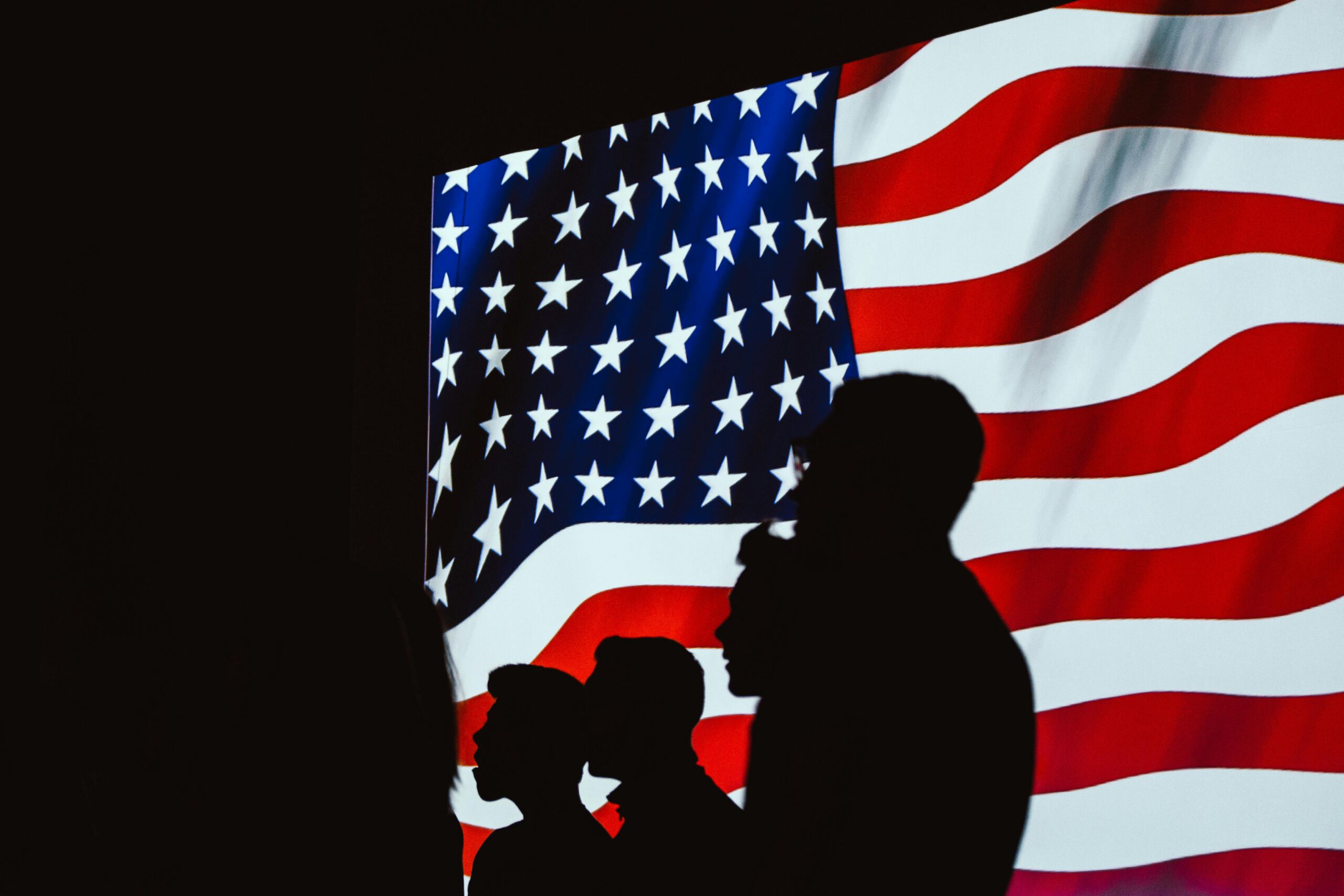Political Parties Are Key to Democracy — But A New Party Configuration May Offer a Solution to Polarization
With the presidential election fast approaching and partisan division growing deeper, many Americans are wondering whether political parties are really needed in our democracy. The idea of a country free from petty squabbles and polarization along party lines seems increasingly attractive. However, political parties offer us something integral to democracy: organized compromise. To understand the function of parties in America, we need to go back to the early years of organized politics in our country.
In the early 1800s, senators were divided in their views regarding the role of the federal government. In the 1820s, they split themselves into two groups: Republicans, who supported a national bank and federal funding for public works, and Whigs, who supported a more hands-off role for the federal government and emphasized states’ rights. By the 1850s, the Whigs, also called Democrats, and the Republicans dominated the political scene, and the Senate was often divided between the two groups. The parties began to organize themselves more formally, looking for ways to increase support from voters. While other political parties have been formed since the mid-1800s, most voters have aligned themselves with one of the two main parties (Democrats or Republicans, though both have evolved throughout the years), while other parties get little news coverage and support.
The formation of political parties may seem unnecessary or even detrimental. After all, why exacerbate divisions in the country by establishing such contentious opposing camps? This appears to be a solid line of reasoning, but lacks a key concept: if we did away with parties, legislators with varying beliefs and no political loyalties or incentives for compromise would have to agree on every issue in order to pass laws. Without political parties to guide and mediate political discourse, our system could become a potentially chaotic environment for decision-making. Parties create opportunities for structured back-and-forth between legislators. For example, within each party politicians can collaborate with like-minded colleagues and exchange ideas, knowing that they must make concessions to the opposing party if they want their legislation to be passed.
To better understand the role that political parties play in our democracy, let’s take a closer look at how legislation is passed in the US.
Before bills are introduced, each party appoints a steering committee, which then appoints Congress members to various specialized voting committees. At this stage, having organized political parties is useful because each side can decide which Congress members are best suited to represent the party’s position on a given issue. Bills are then introduced into the House or the Senate by a congressperson. They are first viewed by relevant committees, who will ‘markup’ the bill, offer amendments, and then vote on whether or not it should advance. Generally, Congress members from each party will decide on the way they want a bill to look, and then parties will negotiate until they can reach an agreement. The party system gives Congress members with similar ideologies a shared goal––to pass bills responding to the issues the party prioritizes. Even if the final legislation may not be perfectly executed, politicians benefit from the exchange and the bargaining power of large parties to help further their agendas. Without parties, it would be much more difficult for the markup process to be completed. Each Congress member would still present their ideas, but it would be challenging for dozens of different legislators to reach an agreement. In this way, parties provide an essential structure to the system and encourage compromise and collaboration.
If parties are beneficial, then what can we do to address the pressing threat they pose for political polarization in our country? One idea is adding more parties to our system.
Having three or four prominent parties rather than two might help mitigate polarization and the political stalemates that have become an all too common obstacle to new legislation. Rather than two parties automatically opposing each other on every issue, a multi-party system allows each party to decide independently whether they support a piece of legislation and come together with any other parties to support it. Legislators won’t feel like they must vote along a starkly divided line on every issue or sacrifice their personal beliefs to adhere to the party agenda. In other words, a multi-party system enables independent decision-making about each piece of legislation. It promotes collaboration between legislators who, in a two-party system, may have felt forced to disagree. Multi-party systems have already seen success fighting polarization in countries like Switzerland and Germany, and could potentially do the same in the U.S.
There are many possible configurations for our political system, and each comes with benefits and downsides. Although polarization is an extremely worrisome threat to our democracy, removing political parties entirely would be an unwise move. Our democracy is built on compromise and requires the structure of political parties to facilitate structured discourse and exchange. As we look to secure the future of our democracy, we should instead think about ways of stepping beyond party boundaries and finding common ground.

